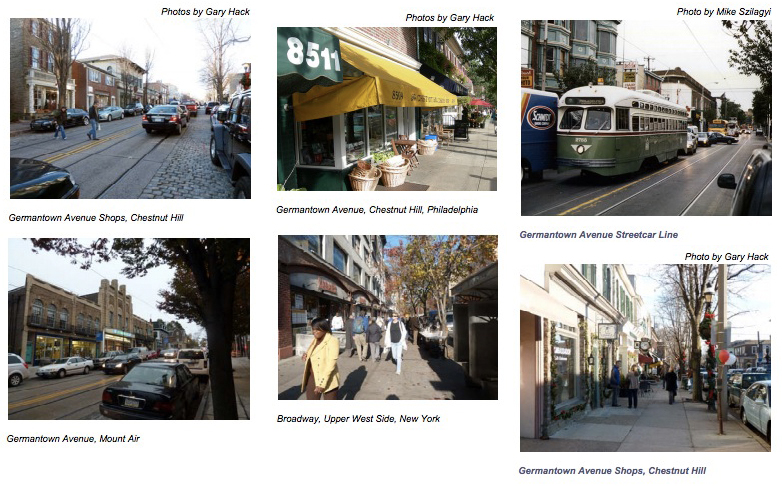
ROBERT WOOD JOHNSON FOUNDATION
Walkable commercial districts are a key component of communities that promote active living. Walking has great health benefits, including helping people maintain a healthy weight. This report examines whether there are also economic benefits to businesses in walkable communities. The study consisted of a meta-analysis of 70 studies and articles. However, there have been few studies that address economic performance directly and the author conducted an exploratory study of 15 walkable shopping areas judged as successful to examine the sources of success.












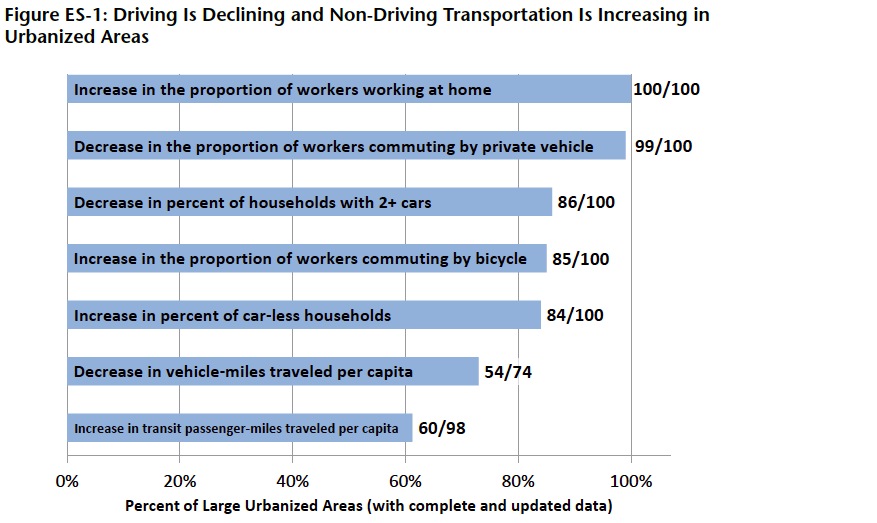
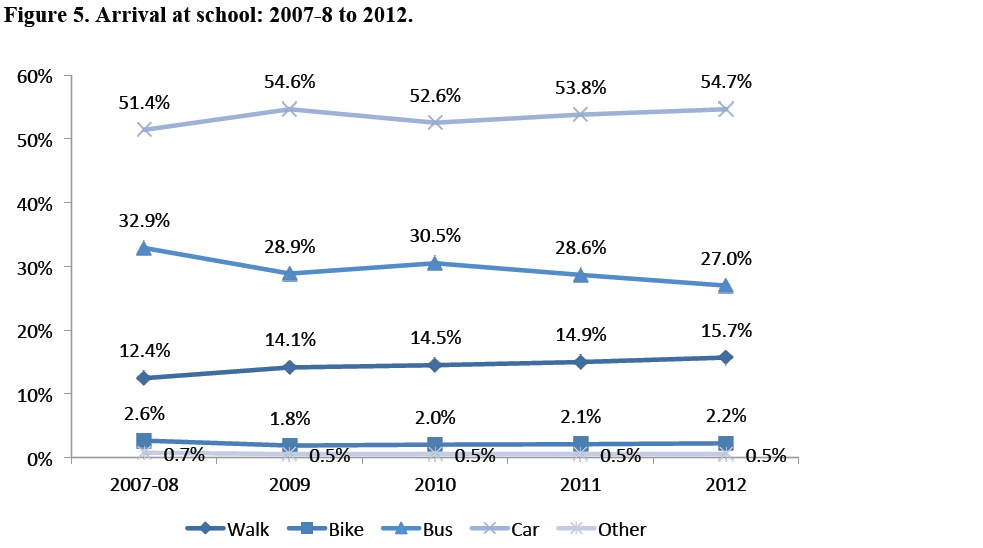
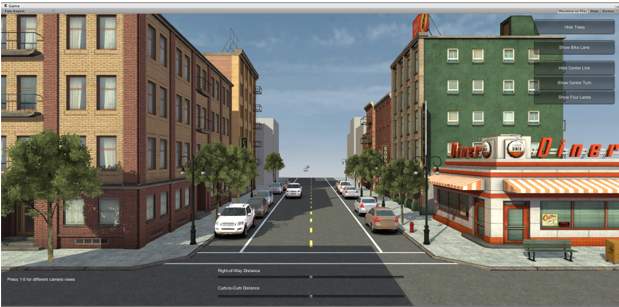


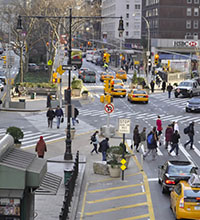
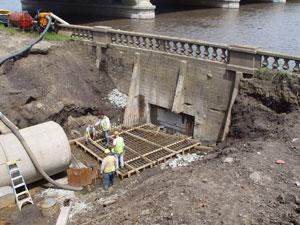
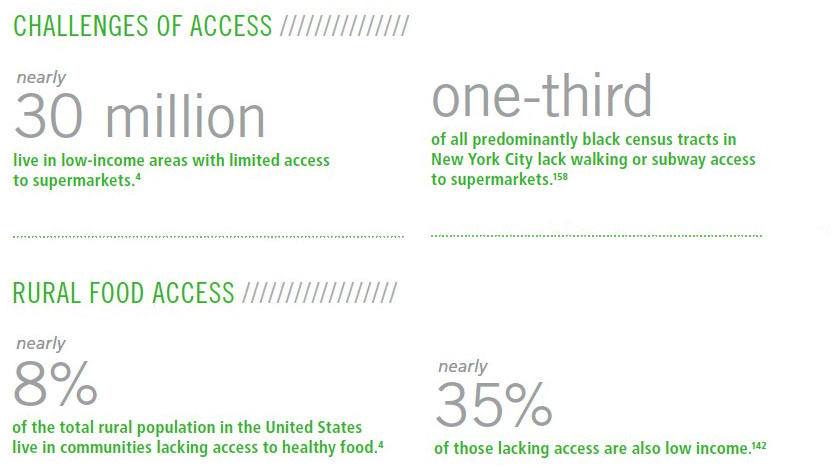


 RSS Feed
RSS Feed